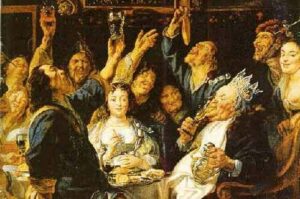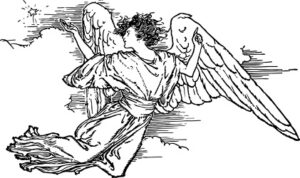
I classify this carol along with “Hark! The Herald Angels Sing” as having a very confusing title. In order to understand the meaning we’ll have to dive into a little grammar wonkery, with some biblical doctrine along the way.
Okay. Everybody got that? The lyrics were written by an American Unitarian Universalist minister, Edmund H. Sears, and, notably, they do not mention the actual birth of Christ at all. Let’s look at the first two lines of the carol itself:
It came upon a [or the] midnight clear,
That glorious song of old,

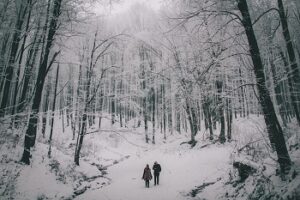
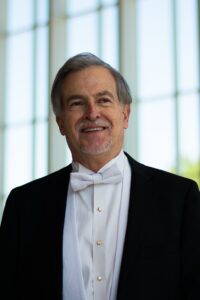
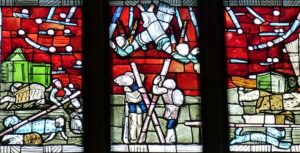
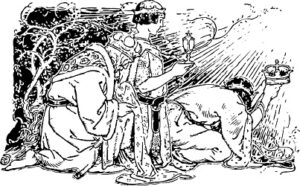
 Note the nicety of the double question mark, please!
Note the nicety of the double question mark, please!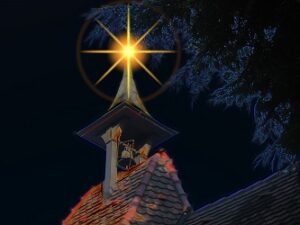
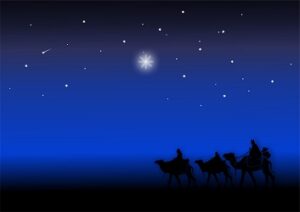
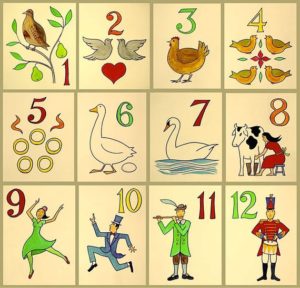 I remember back in elementary school being teased a bit by some Jewish classmates about the superiority of Hanukkah over Christmas: “You only have one day to get presents, but we have eight.” I’m sure I wasn’t quick-witted enough to mention the plethora of gift-giving in “The Twelve Days of Christmas” with its extra days of celebration. So here’s the information I didn’t have back then.
I remember back in elementary school being teased a bit by some Jewish classmates about the superiority of Hanukkah over Christmas: “You only have one day to get presents, but we have eight.” I’m sure I wasn’t quick-witted enough to mention the plethora of gift-giving in “The Twelve Days of Christmas” with its extra days of celebration. So here’s the information I didn’t have back then.